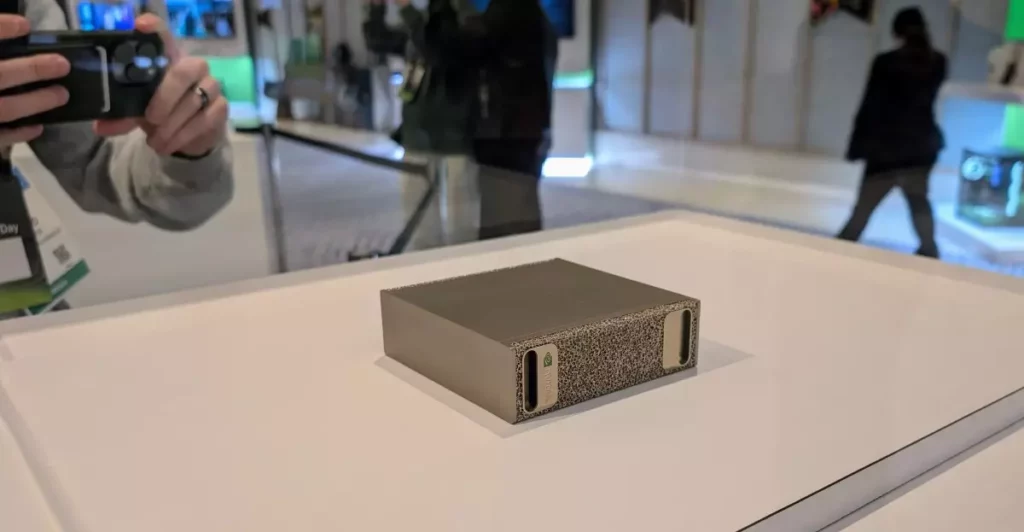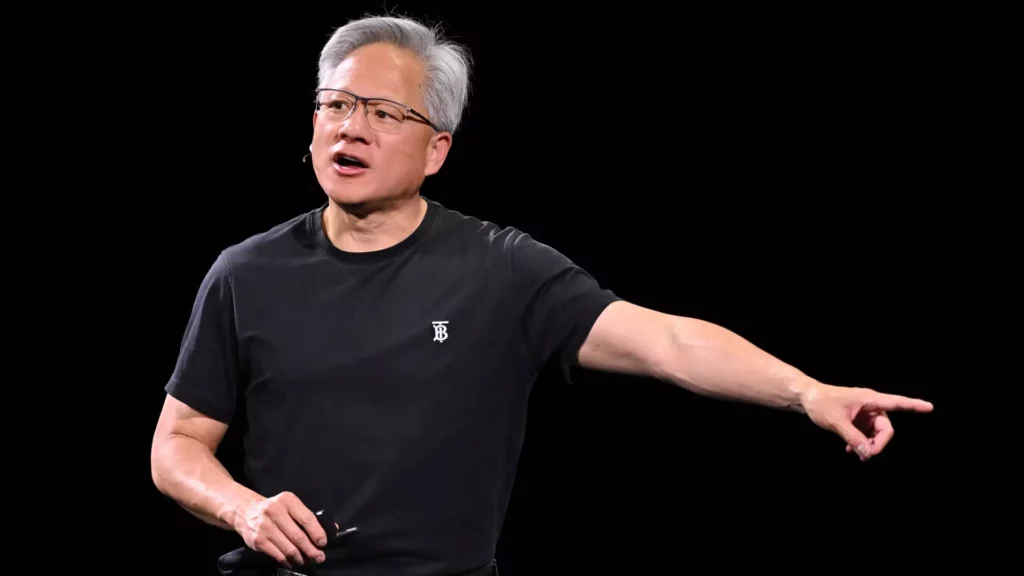Nvidia has made a bold leap with the introduction of its Grace Blackwell platform, sending ripples through the supercomputing community and beyond. For far too long, the power of artificial intelligence and high-performance computing has been relegated to research institutions and giant corporations with deep pockets. With this innovative platform, Nvidia aims to democratize access to supercomputing resources, making it an exciting time for smaller developers and tech enthusiasts alike. This isn’t just a minor upgrade; it’s a seismic shift in the landscape of computing, one that promises to put extraordinary capabilities into the hands of the masses. Imagine being able to run complex machine learning models on a compact PC that you’ve built for yourself—that’s the enticing possibility that the Grace Blackwell brings.
The Unprecedented Potential of AI TOPS
One of the standout features of the Grace Blackwell platform is its GB10 super chip, boasting a monumental processing capability of 1,000 AI TOPS. This is not merely a spec on a list; it represents a fundamental transformation in capabilities. Prior to this advancement, such performance levels were largely confined to massive, expensive systems. Now, with the grace of what Nvidia has designed, even personal devices can tackle tasks that previously required robust computational facilities. This level of access promises to foster innovation by allowing creators from varied backgrounds to explore the nuances of AI without the usual constraints dictated by the need for expensive infrastructure.
The Innovators Leading the Charge
Asus is one of the most compelling players entering this arena with its Ascent GX10 mini PC. Here’s where form meets function: the Ascent GX10 brings cutting-edge technology into a sleek, user-friendly package. Strikingly shifting from Nvidia’s traditional metallic aesthetics to a fresh, approachable white plastic, Asus seems focused on inviting a broader audience to the world of high-performance computing. This shift is strategic, as the brand understands that technology can intimidate potential users. They are aware that aesthetics can often influence consumer behavior, particularly for those who aren’t hardcore tech enthusiasts.
Meanwhile, HP is not far behind. Their GB10 model, named the HP ZGX Nano AI Station G1n, offers a more sophisticated design feel. Tailored for professionals, it demonstrates an understanding of niche markets that crave seamless integration of AI in everyday workflows. Its visual appeal could bridge the gap between powerful functionality and workspace aesthetics, making it an appealing choice for business environments.
On the contrary, Dell’s approach with the “Dell Pro Max With GB10” has raised eyebrows. Its simplistic, almost bland design fails to inspire confidence compared to its competitors. In a market that increasingly values not only performance but also the emotional connection consumers have with design, Dell risks being overshadowed by more innovative offerings. The risk they take with their “black box” aesthetic may cost them market share.
Navigating the Challenges Ahead
As we look at the competitive stakes, it’s essential to recognize that speed to market is paramount. Dell’s introduction of its larger workstation model, the Pro Max with the GB300 chip, indicates that they are keen to establish a foothold in this burgeoning segment. However, as companies jostle for position, the key question remains: will these machines be user-friendly and priced competitively? For example, Nvidia’s DGX Spark—which is projected to retail at around $3,000—sets a high bar. If Asus and HP don’t innovate quickly and communicate effectively about their pricing and capabilities, they risk allowing competitors to seize the moment.
There’s also a broader industry trend reflected in the actions of tech giants, including Lenovo, who are yet to showcase their particular offerings. The buzz surrounding the Grace Blackwell platform signals a shift toward a collaborative tech ecosystem, one that thrives on mutual participation and collective growth. This collaborative environment is where true innovation shines, but it will depend on the ability of each manufacturer to carve out a niche that aligns with consumer expectations and price sensitivity.
Charting the Frontier of AI Advancements
The emergence of the Grace Blackwell platform symbolizes not just a technological marvel but a revolution that could alter the fabric of everyday computing. This isn’t merely about the hardware specifications; it’s about the ethos that drives innovation. The market appears ripe for a transformation where high-performance computing is no longer an elite privilege, but a common resource. The rapid acceleration of technological capabilities, driven by imagination and accessibility, positions us on the brink of an era where AI can seamlessly integrate into our daily lives, enhancing the human experience across the board. This sense of optimism does not come without its challenges; the question of pricing and usability looms ahead. As we stand at this pivotal juncture, the way forward remains vibrant and filled with immense potential.









Leave a Reply